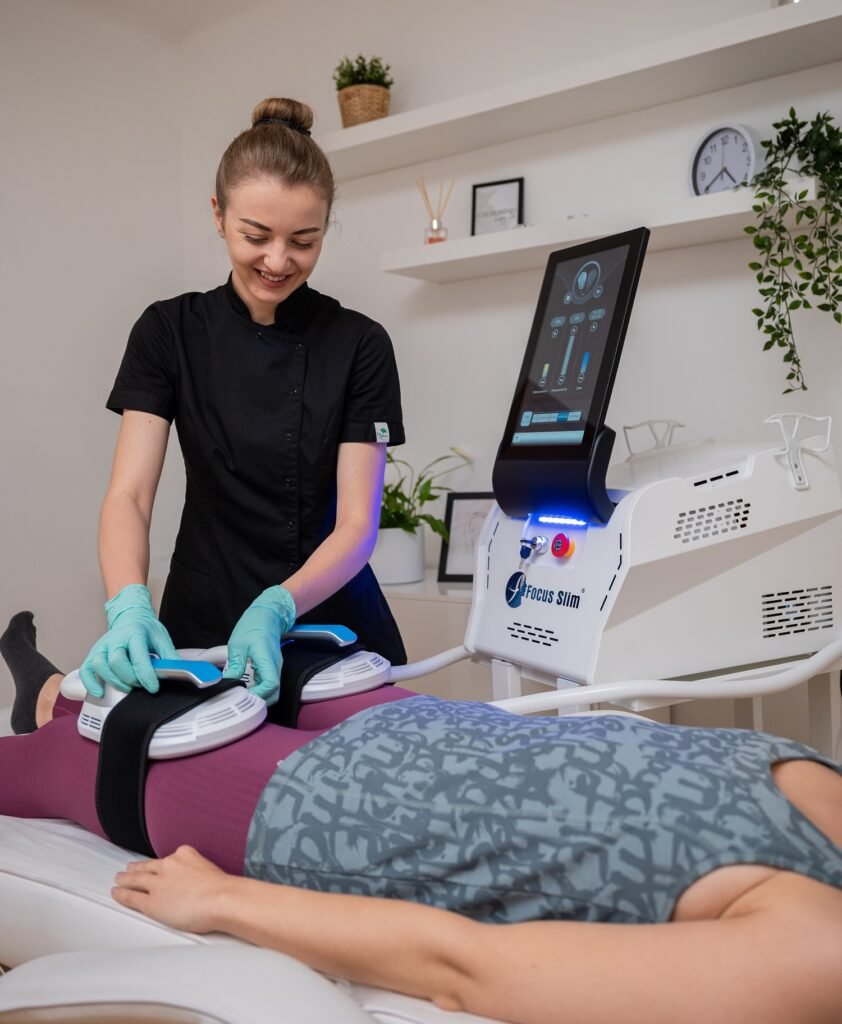Cavitation Skin cleansing
Cavitation: Cavitation in deep skin cleansing: Mechanism of action: Cavitation is a non-invasive method of deep cleansing the skin, using high-frequency ultrasound. During the treatment, sound waves are generated that create micro-bubbles in the fluids on the surface of the skin. When these bubbles collide, a phenomenon called cavitation is created, which generates micro-jets that can effectively remove impurities, dead skin cells and excess sebum.
Purpose: The cavitation process effectively cleanses the skin's pores, reducing blackheads and other imperfections. It is also an effective method of preparing the skin for subsequent cosmetic treatments, improving skin texture and preparing the skin for better absorption of active ingredients from other cosmetics. Benefits: Cleansing with cavitation not only removes impurities from the skin's surface, but also improves its appearance and health. Regular treatments can help to reduce acne, improve hydration and the overall appearance of the skin. Cavitation as a method of deep cleansing the skin is a popular treatment in beauty salons, offering an effective solution for those looking for a deep cleanse of the skin without the need for invasive methods.

Cavitation Skin cleansing
Cleansing with cavitation not only removes impurities from the skin's surface, but also improves its appearance and health.

Skin texture
The measurement determines the texture of the epidermal surface, its relief and level of smoothness, which reflect skin density, tone and firmness.

Size of pores
By measuring the size of the pores, it is possible to assess the size of the pores and check whether they are normal and possibly take steps to reduce them.

Width and depth of wrinkles
The measurement of wrinkles allows the progression of skin ageing to be determined and the progression of rejuvenation treatments to be observed.

Degree of lubrication
The measurement allows the analysis of the skin's oiliness and determination of the quality of the skin's hydro-lipid mantle.

Level of exfoliation
Assessing the amount of exfoliating epidermis in the stratum corneum allows the detection of disorders in the keratinisation process.

Degree of hydration
Assessment of the function and level of hydration and quality of the NMF is possible with a humidity measurement sensor.
